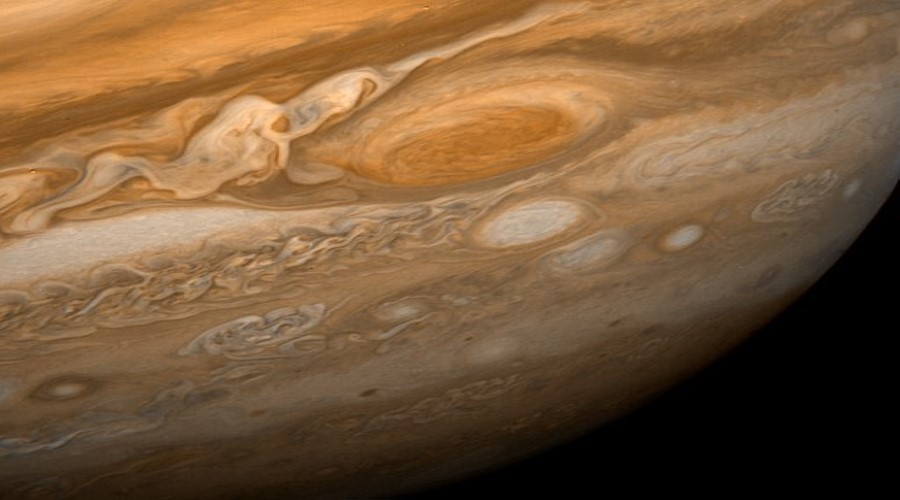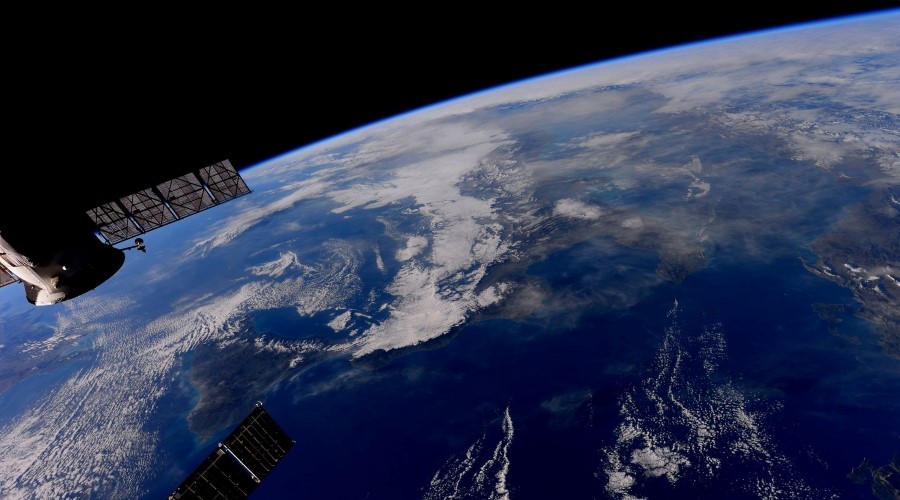PhD Top Stories
Gabriele Sbaiz
Multiple-scales in geophysical fluid-dynamics
Doctoral Programme in Earth Science, Fluid-dynamics and Mathematics. Interactions and Methods
The study of geophysical models is not a new research topic, but absolutely still current and in continuous evolution, both for the understanding of oceanic and atmospheric currents of the Earth, and for applications to other planets and celestial bodies (think about the "Great red spot" on Jupiter and related phenomena). Therefore, it is important on the one hand to understand under which hypotheses the simplified models, often used in physical studies, are pertinent and rigorously justified, and on the other hand to find the corrective terms due to "second order" effects that describe the dynamics in a more appropriate way (in multi-scale problems). It is also relevant the analysis of situations that do not enter in the classical framework, where the effects of stratification are predominant, or in any case are not negligible. The stability of certain singular phenomena (for example cyclones, typhoons and tornadoes), in certain physical regimes (such as the strong rotation of the earth or the small viscosity), is a primary issue, also to improve the practical "responses" that can justify such catastrophic events. To address these problems, it is expected to develop analytical techniques sufficiently robust to be applied also to other questions coming from the analysis of those partial differential equations. The mathematical study of these systems can subsequently be helpful for issues of stability (and uniformity) of numerical algorithms for geophysical models, with respect to the small parameters that come into play.

Figure 1: A wide view of Jupiter and the Great Red Spot as seen from Voyager 1 in 1979
The aim is to study, from a mathematical point of view, the systems of partial differential equations that describe the dynamics of geophysical fluids, characterized by a fast (with respect to the scales of the fluid motion) rotation of the Earth (the so-called Coriolis force). The problem is nowadays quite clear in the case of a homogeneous fluid, for a constant Coriolis force and in regular domains. However, these hypotheses are too restrictive from a physical point of view. We have therefore dealt with the analysis of some problems in the dynamics of geophysical fluids that come out of the classical study framework. In particular, we focused on a Navier-Stokes-Fourier type system (heat conducting fluids), in which different scales of motion come into play with orders of different magnitude. The model describes the dynamics of a fluid with variable density and variable temperature, and it is subjected to different forces: the pressure, the Coriolis force (given by the Earth's rotation), the centrifugal force and the gravity. The importance of these forces in the dynamics of the fluid is linked to the choice of scale of certain characteristic physical parameters, such as the Mach (for the pressure), the Rossby (for the rotation) and the Froude (for the stratification effects) numbers.

Figure 2: Picture of Italy taken by Samantha Cristoforetti on the 25th January 2015
The main goal in our work was to understand the dynamics of the fluid in the different regimes (more precisely, in the different ratios between the characteristic numbers) and to develop weak compactness methods to derive reduced-limit models, in order to remove restrictions on the orders of scale, imposed in previous works. The interest in deriving these reduced-limit models lies in the fact that the aforementioned limit systems are in general simpler than the original model, but they are still able to describe the average dynamics of the primitive system. It is worth to notice that the scaling (adopted in our paper), in which the Froude number is the square root of the Mach number, represents a critical scale, since at the limit we can observe weak effects of stratifications (which are totally negligible when the Mach number governs the dynamics).
Authors and affiliations
Daniele Del Santo1, Francesco Fanelli2, Gabriele Sbaiz1,2, Aneta Wróblewska-Kaminska32Institut Camille Jordan, Université Claude Bernard Lyon 1, 43 boulevard du 11 novembre 1918, 69622-Villeurbanne cedex, Francia
3Institute of Mathematics, Polish Academy Science, ul.Sniadeckich 8, 00-656-Varsavia, Polonia
Contact
Gabriele Sbaiz, email: gabriele.sbaiz@phd.units.itReference
D. Del Santo, F. Fanelli, G. Sbaiz, A. Wróblewska-KaminskaA Multiscale Problem for Viscous Heat-Conducting Fluids in Fast Rotation
Journal of Nonlinear Science 31, n. 1, 21 (2021)
DOI: 10.1007/s00332-021-09677-6
Informazioni aggiornate al: 16.7.2021 alle ore 13:00
Contact: Webmaster - Università di Trieste pagina curata da: Research Doctorate

Piazzale Europa, 1 - 34127 - Trieste, Italia -
Tel. +39 040 558 7111 - P.IVA 00211830328
C.F. 80013890324 - P.E.C. ateneo@pec.units.it



